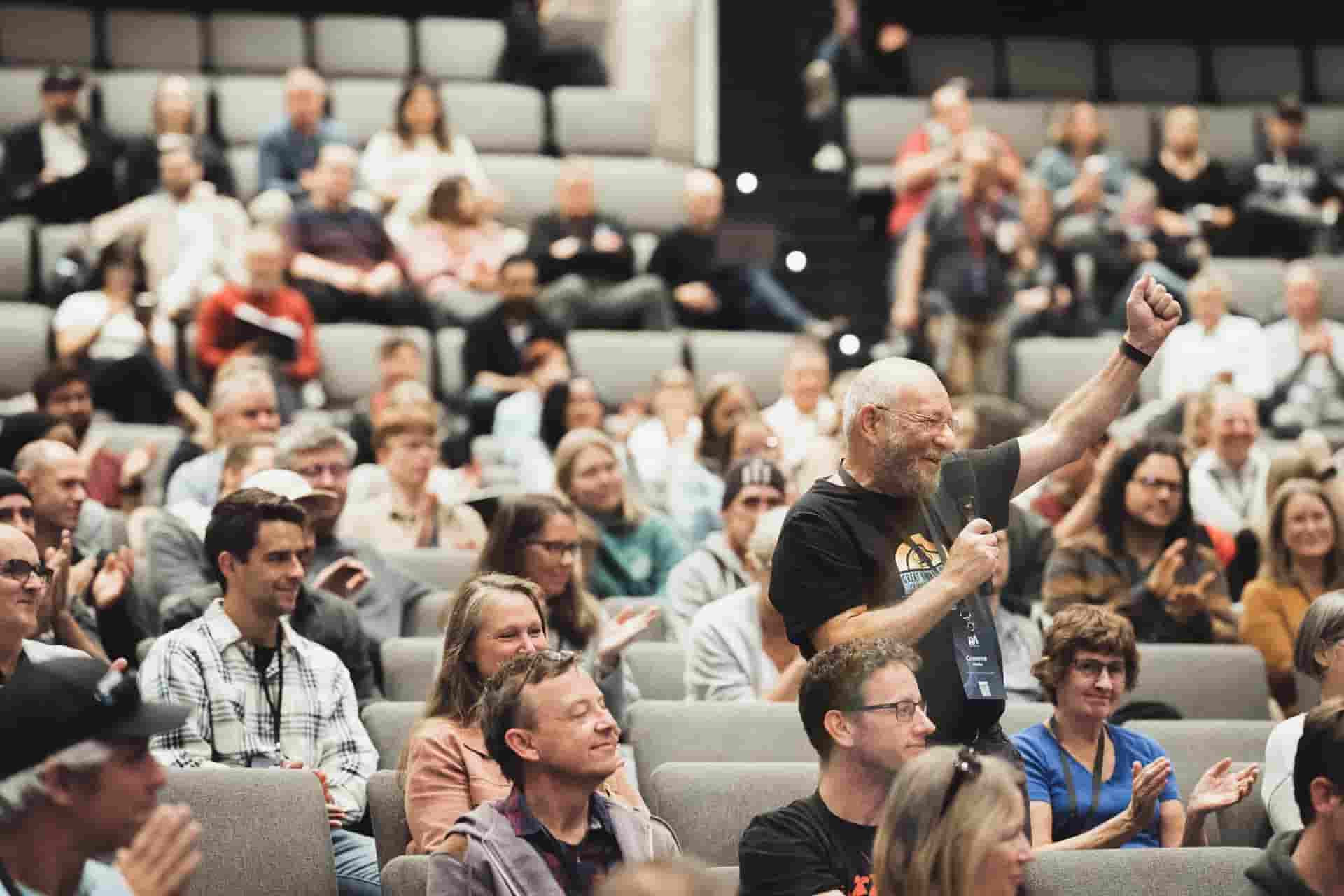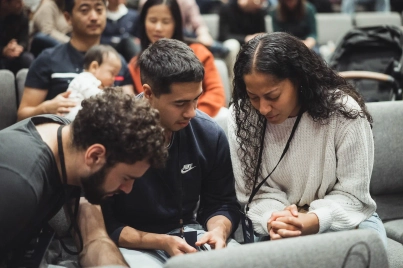With the government having released a roadmap our of isolation, we’ve now got a slightly clearer picture of what the coming months might look like if things go smoothly. You can see that roadmap here, but one of the key takeaways for churches is the allowance in Phase 3 of 100 people gathering. Note in this – there’ no Phase 4 mentioned here, and no timeline for how long each of the phases might last, with each state working towards those decisions themselves. But one of the key implications for this Phase 3 limit of 100 people is that nearly every church across Australia (with the average church size being around 70) is going to think through how and if they multiply their physical gatherings in this unspecified timeframe.
Below are some reflections around Multiplication based on the launch experience throughout the network, and the congregational multiplication we’ve seen follow that.
First, the reasons for considering multiplication under Phase 3.
Let’ start with the obvious reason of the 100 limit. Some churches are going to decide to hold off on any organised gathering in a public place, preferring to hold on until this 100 restriction is limited. There are good reasons to consider this, but one of the key unknowns that pushes towards some sort of public gatherings – and therefore multiplication under Phase 3 – is how long it will be. It could be August 2020, it could be January 2021…it could be longer. Whichever it is, it’ worth at least doing some consideration and planning for multiplication in the case that it’ January 2021, or longer.
Under Phase 3, you’ll also need to consider that the reasons for gathering publicly (or not) aren’t solely to do with the existing church members. During this time there have been many asking the why , looking for hope, tuning in to your Sundays, hearing about Jesus and looking to explore him. Some will be connected to people within your church and be open to coming to much smaller venues (i.e. homes), but some may only come to a more public gathering where they can retain some sense of anonymity as they keep exploring both Jesus and Christians. So the considerations around multiplication are worth considering as you think about how to engage with the lost as they’ve grappled with the challenges this time has thrown up.
Finally, it’ worth considering how you re-establish rhythms within your church. This has a number of facets that are worth exploring, but as you use this time to consider where your church is moving towards, it’ also worth considering what steps and stages will be necessary to get there – and how you use this time to move towards that. That is, deploying and training leaders, readjusting teams and roles within your church, reconsidering how people engage with your church
Now, here’ NINE questions you’ll want to consider.
- How does this decision fit with momentum? Multiplication could help with building momentum and acclimatising people in being back together, but it’ worth also considering that there may be some styles of multiplication that may hinder multiplication. For some the movement from online small groups, to face to face small groups, to house churches, to small public gatherings will build momentum…for others it will hinder it. You’ll need to wrestle with how momentum is best going to be built in your contexts.
- Is this a long-term multiplication or a short-term compromise? It may be that one, or a number, of your services, were reaching capacity prior to isolation, and this provides the context to make that the change you knew was coming. In that case, as you consider multiplication in Phase 3, the conversations move towards helping people manage the change. If this is a short-term compromise, the conversation moves towards managing logistics and capacities.
- Is there another offsite possibility? Consideration of whether this is a long-term strategy or a short-term tactic, will shape your approach to this. A short-term strategy around multiplication will have you looking for any building, irrespective of location, that allows you to safely gather people. A long-term strategy for multiplication will drive you towards considering more deeply the right location for the church plant given where your congregation lives, where growth areas are in your area, an available place to meet and most importantly, the suitability of the church planter/planting couple.
- How will you help people see the need and manage the change? This is the burning platform question. We’e living in a context though where the need for change is more evident than ever, so much of that heavy lifting is being done for us. Yet we still need to take people with us in this thinking, helping them to see the sacrifice we’e going to need to make, and helping them to see that through a Gospel lives.
- How will you help people decide where to go? This is a more complex question for long-term than short-term, but it’ still going to need conversations. What are the categories for asking people to go to one meeting over and above another? Is it just personal preference? How does that fit with ensuring numbers are manageable and safe? Is it on the lines of small group connections? Demographics? Again, complex questions, but important to consider and walk alongside people as you help them decide.
- If long-term strategy, how will you help people grieve and celebrate? As people make decisions about where they will go, how do will you help them both grieve the people and community they’e leaving behind, while at the same time as a community celebrating this work of God in seeing the church push into new areas and reach new people.
- If short-term tactic, how do you help people hold onto the vision? As with some of the challenges we’e seeing in running church online – it’ easy to watch church in my pyjamas, without having to have awkward conversations with people I don’t know – we’e going to face some of those same challenges in the smaller gatherings we might create. Just as a church plant has a deeply connected feel of family at the start, and there’ a grieving process (even amidst the excitement!) as the church grows and changes, so it will be for people who meet in these small gatherings, grow to love it as they consider dissolving back into the whole. So the question in this area is how you help them care for those around them in the moment while still holding the longer-term vision for the whole.
- How do you let those not in your community currently know where to go? As you decide on whether and how to multiply, you’ll need to keep in mind those who have been watching online and asking questions around meaning, Jesus and eternity. How do they find you? How do they know it’ll be safe? How can they know what to expect? How are their details captured and what’ the pathway for them starting to explore Jesus?
- How do you manage yours and others capacities? People are tired at the moment. With respect to church leaders, it’ been a huge effort for church leaders to get to this point and pivot to working out how to do church in this environment. And over the coming months that’ all going be undone, and it’ going to be more complex on the way out than it was on the way in. A bit part of the if and how of multiplying is working out both your capacity to lead this, and the capacity of the leaders and people you’ve got around you. There’ no point in multiplying for 3 months if it means people are exhausted for the 6 months following.
These are big, complex questions, and they’e not the only ones you’e going to face – but they might be a helpful start. We want to help you walk through these complex questions, and leverage the learnings from throughout the Geneva Push network in launching and multiplying services, so here’ two ways forward. First, get in contact with us for a 30-minute conversation – just fill in the form below. Second, join us on 27 May for our online conference as we start to work through the issues around together. Register your interest at relaunchaustralia.com.au.


